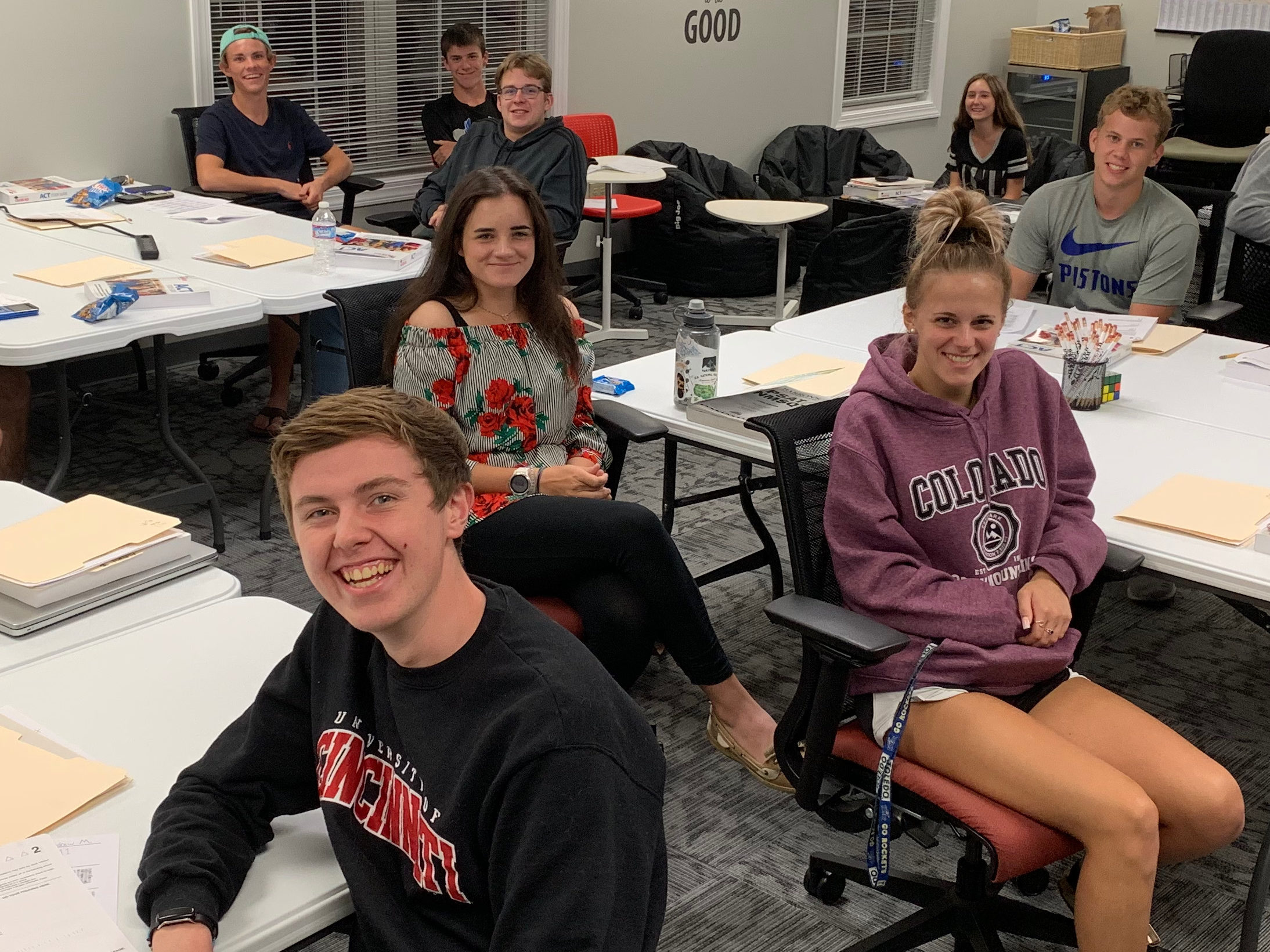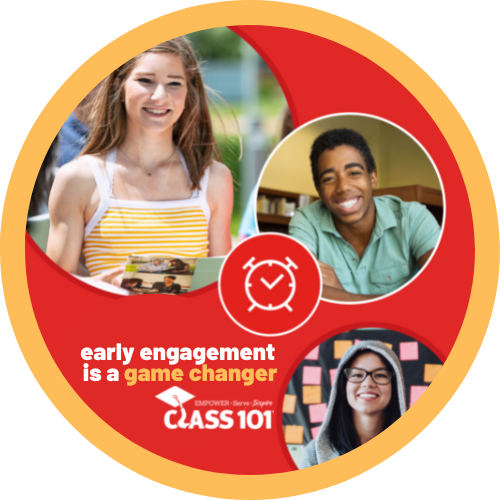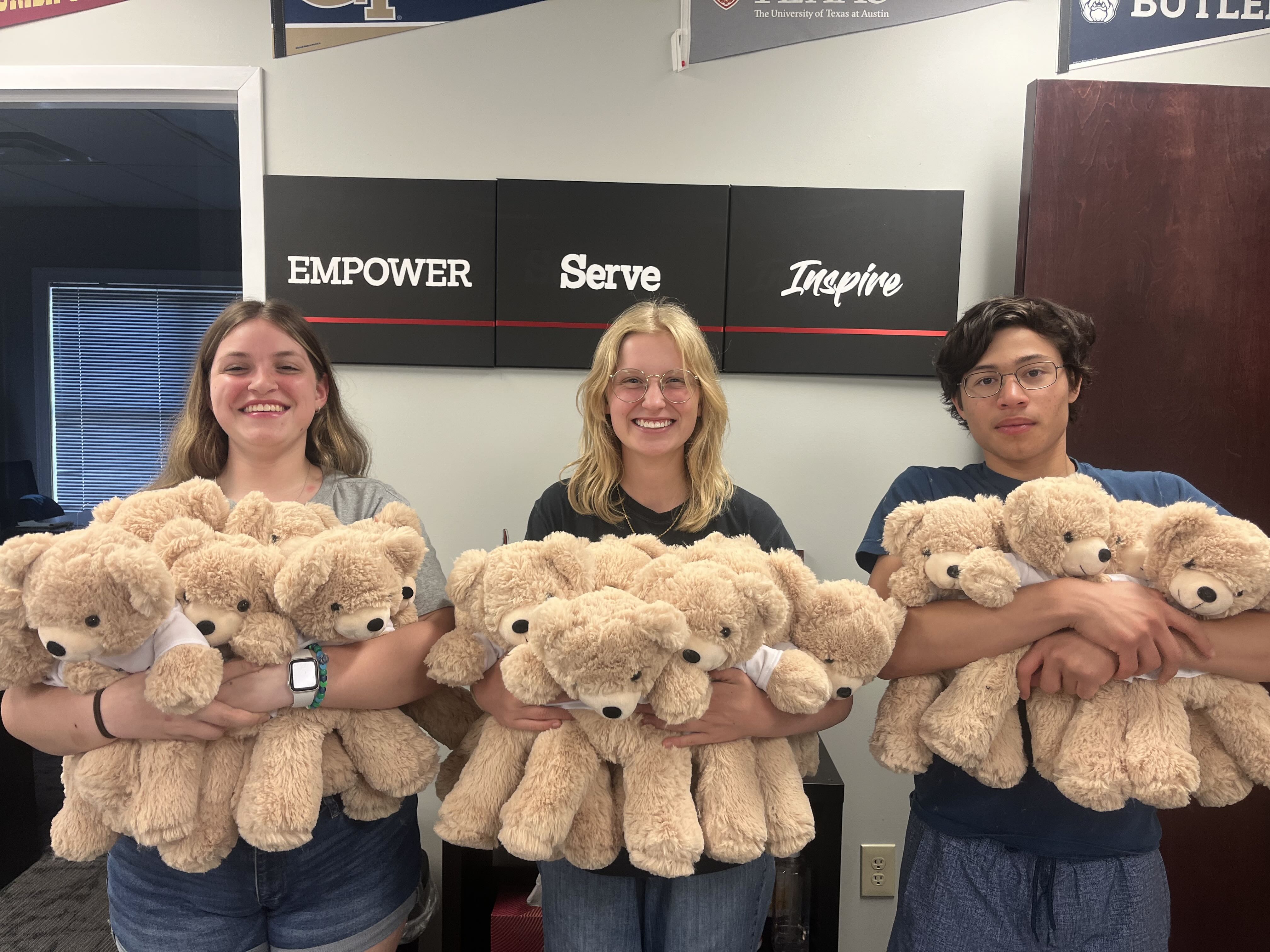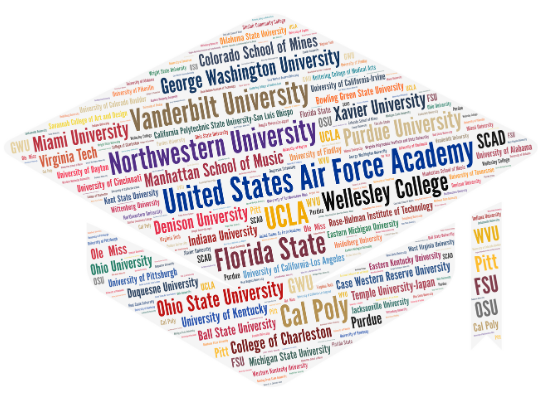August 6, 2021

August is filled with optimism as we begin a new school year: it is our academic “new year”! Anything feels possible. That excitement is multiplied for first-time college freshmen. With graduation parties in the rearview mirror and minivans packed with dorm essentials, college feels like a destination.
But there’s a problem. College students may be in the wrong place. Our culture is too familiar with the national statistic reported by U.S. News & World Report that one-third of college freshmen will not return to the same school as a sophomore. Outcome data from the Ohio Department of Education reports that the six-year college completion rate for Ohio high school graduates ranges from 15 percent (from urban high schools) to 46 percent (from suburban schools). The loss of time and money is measurable. The loss of confidence is collateral damage.
The map to college can take many routes, and the key to charting the best course is planning throughout high school.
Know the colleges
According to the National Student Clearinghouse Research Center, college enrollment fell by 6.8 percent in 2020. Even before the pandemic, the population of students applying from Southwest Ohio was decreasing. Class of 2021 applications through The Common App rose 11% nationally, but dropped one percent in Ohio. Informed and prepared students are at an advantage to find the right college fit. Freshman year is not too early to tour a college or visit college fairs, and all students can learn from online admissions events.
Know the dates and deadlines
On August 1, the Common Application, a free portal with more than 900 colleges and universities, opens for the 2021-2022 application cycle. The majority of colleges open their application window by August 1.
FAFSA filing season kicks off October 1. Many colleges have early financial aid deadlines, so we recommend that families begin working on the FAFSA in October. In addition, colleges may have institutional financial aid forms, and some will require The CSS Profile through The College Board. To get started, create separate FSA IDs for both the student and one parent.
Students need to know a variety of other dates and application deadlines, including Early Action, Early Decision, Regular Decision, and Restrictive Early Action. Students also may need to track deadlines for academic programs, scholarships, and more. Consider creating a calendar of deadlines, and then work to be ahead of them. Most high schools ask students to be ready to apply two weeks before college deadlines. Talk with your high school counselor to know what to expect.
Know your high school
South Dayton is home to some of Ohio’s best high schools, and students have options to prove themselves in a challenging course of study. We know that the rigor and grades on a student’s high school transcript can be important factors in admissions. Students can start exploring available courses early to find the best fit for their interests and high school schedule.
In addition, many high schools employ an online system such as Naviance to assist with college applications. Become familiar with your high school’s system before starting applications.
College Prep Checklist
There’s a lot to know. Our advice? Focus on one step at a time throughout high school.
Early engagement is a game changer
There’s a lot to do, but it does not have to feel overwhelming. The bottom line is to start early: students should take time to define interests, build a large list of schools, and develop a resume reflecting their individual activities.


June 16, 2025
Class-101 Dayton was recognized with the first Community Impact Award from the Unleashed Brands Foundation at the Unleashed Brands annual convention in Fort Worth, Texas, in May. From more than 1200 franchise locations nationally, Class 101-Dayton was chosen for this honor because of actively engaging in service as well as creating and implementing service opportunities […]
Read More >
June 10, 2025
We are proud to share the Class 101-Dayton 2025 Senior Profile! Congratulations to our Class 101-Dayton Class of 2025! One hundred and twenty-eight seniors from 18 different high schools in the Miami Valley worked through our Class 101 timeline for college research, applications and essays, test prep, and scholarships. They submitted applications to more than […]
Read More >
May 15, 2025
Class 101-Dayton is proud to announce that Vincent Vorrasi has been honored with the President’s Volunteer Service Award (PVSA) at the Bronze Level. This prestigious award recognizes Vincent’s exceptional dedication and significant contributions to our community through volunteer service. The PVSA, an initiative of AmeriCorps and administered by Points of Light, recognizes the vital role […]
Read More >